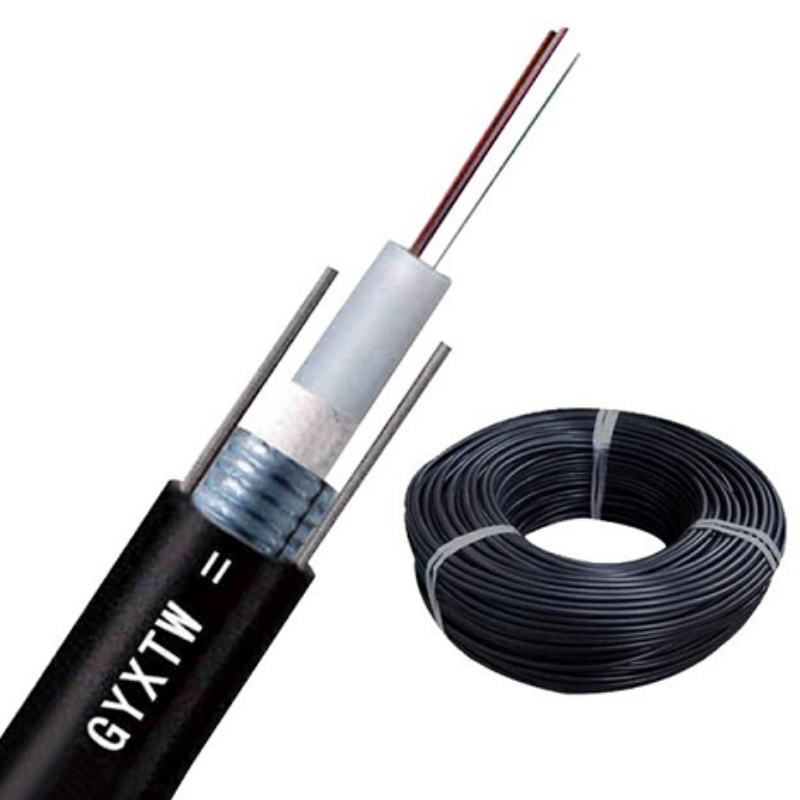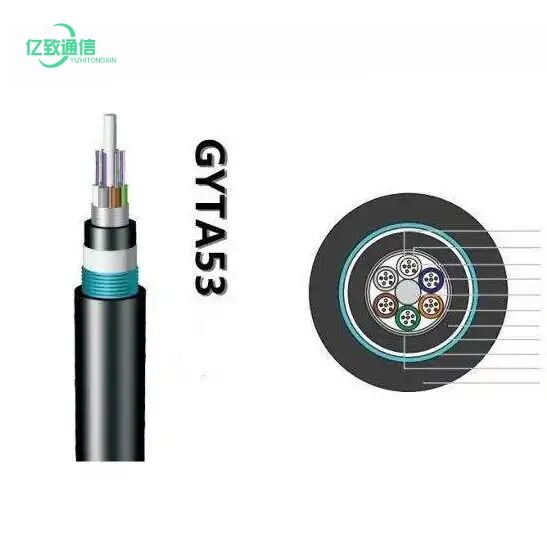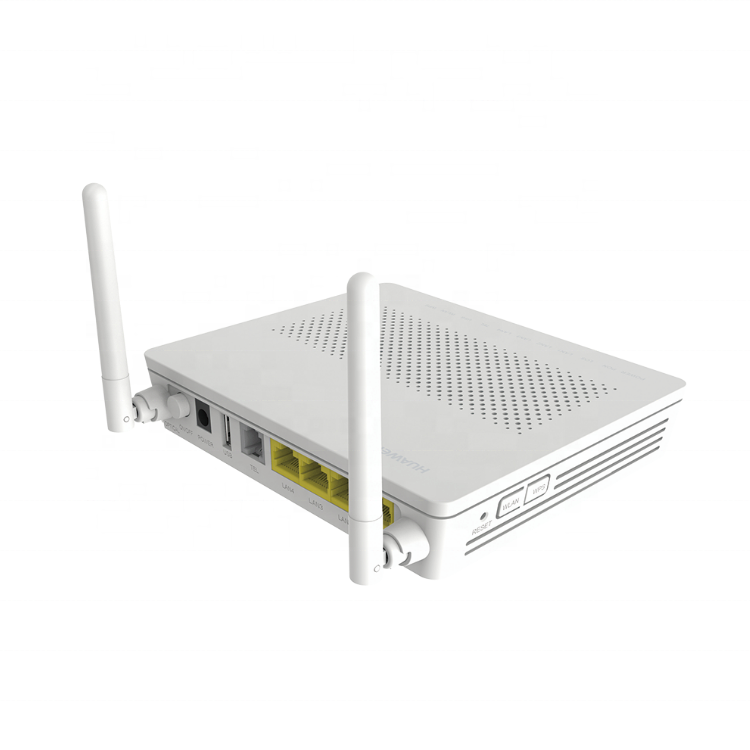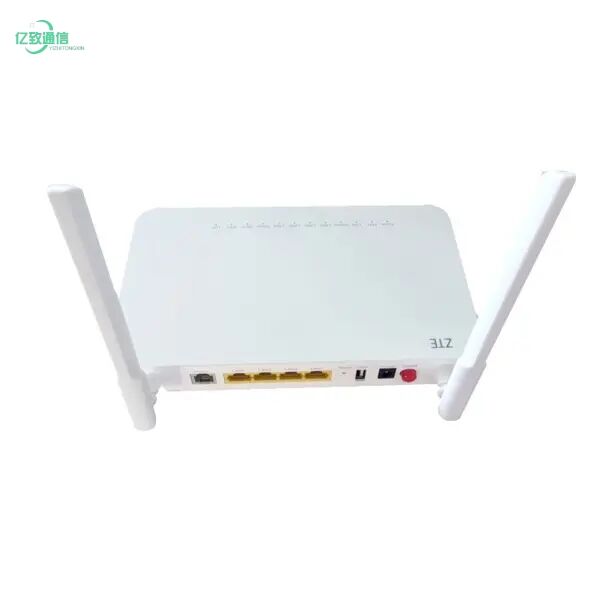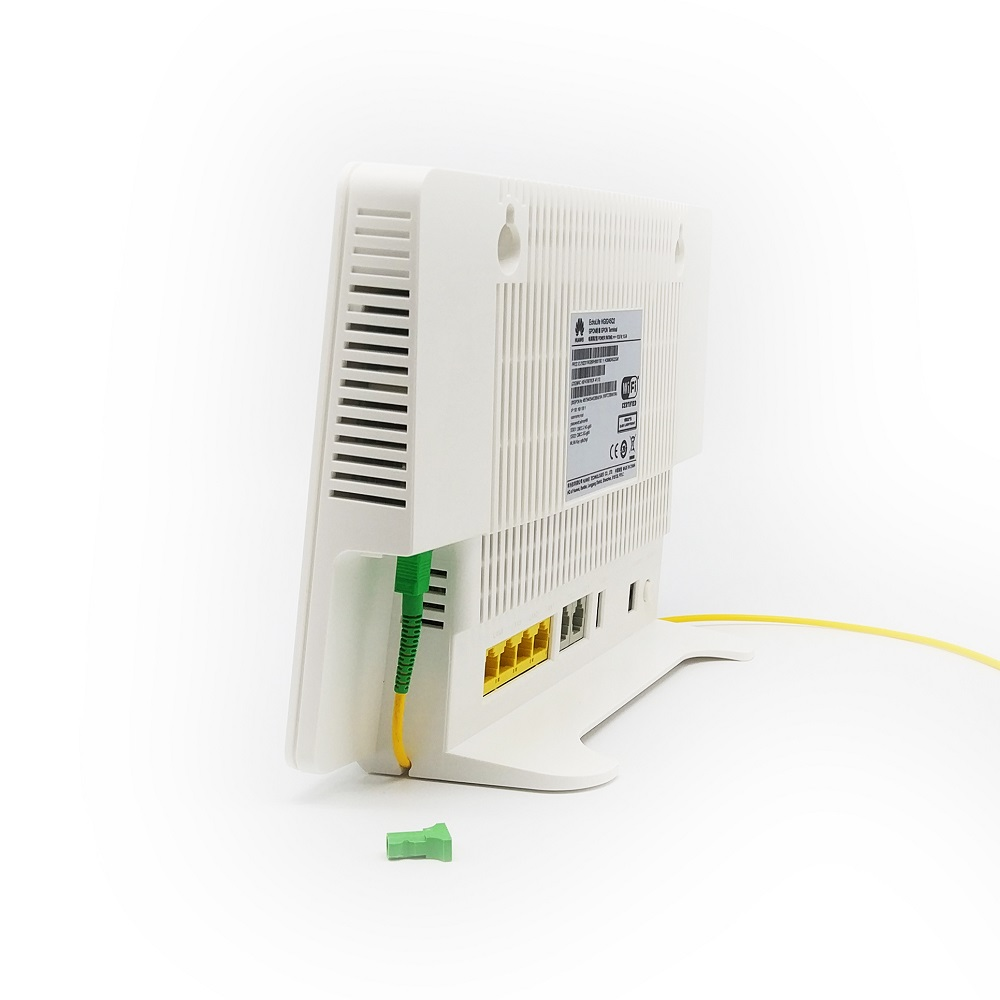unicus modus funis
Funiculus modus singularis significat progressum criticum in technologia fibrae opticae, specialiter pro conceptione transmissionis datarum velocitatis altissimae super longas distantias. Hic funiculus specialis continet diametrum nuclei parvam, typicaliter 8.3 ad 10 micrometrorum, quae solum unum modum luminis permittere propagandum per fibras potest. Structura funiculi comprehendit nucleum vitreum circumdatum strato cladding cum indice refractionis minore, quod transmissionem signorum luminosis cum dispersione et attenuazione minima permittit. Operans ad longitudines undarum 1310 nm vel 1550 nm, funiculi modus singuli possunt transmittere datas ultra 100 kilometa sine necessitate regenerationis signorum. Capacitates magnae bandae huius funiculi eum idoneum reddunt pro infrastructura telecommunicationis, connectionibus spinae interneti, et solutionibus rete laborii enterprise. Potestas eius servandi integritatem signorum super longas distantias dum velocitates usque ad 100 Gbps supportando facit eum componentem essentiali in retibus communicationis modernis. Durabilitas et resistencia funiculi adversus interference electromagnetica ulterius augeunt eius fidem in variis conditionibus environmentalibus, eum idoneum reddentes tam pro installationibus subterraneis quam aerialibus.

